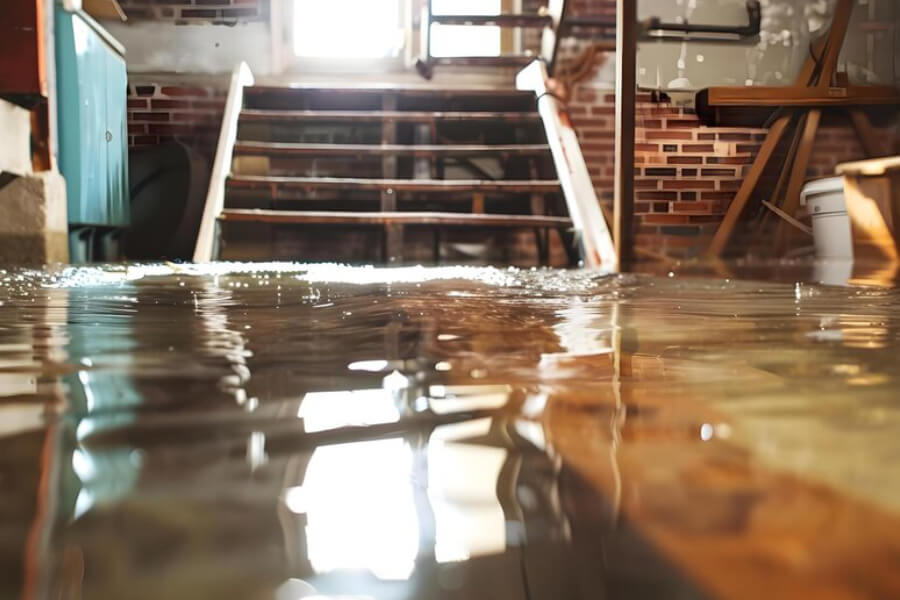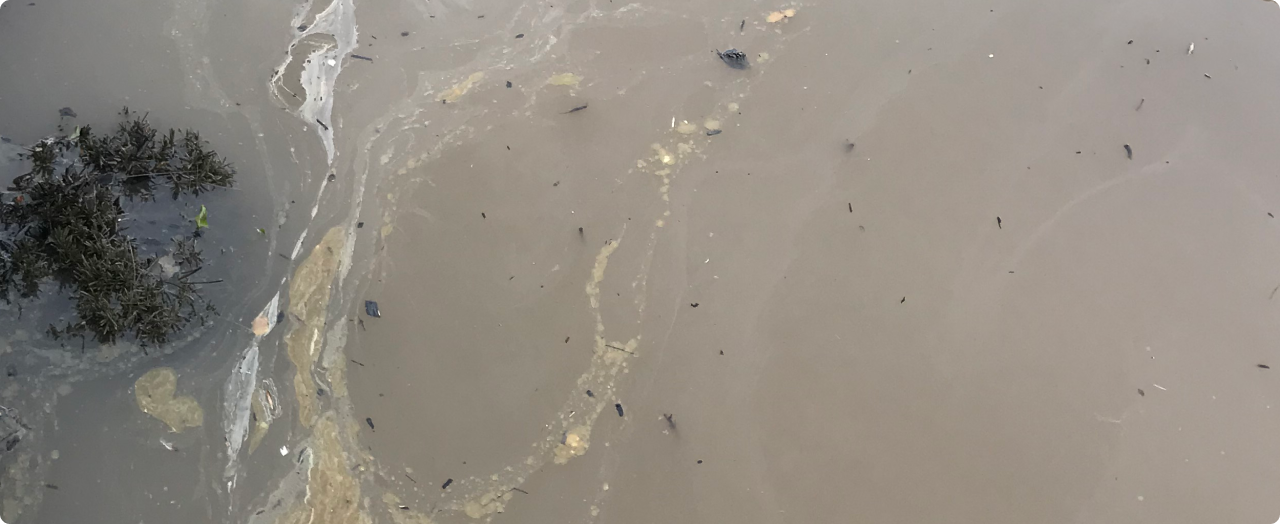Some of the most expensive water damage doesn’t come from floods or burst pipes—it comes from tiny, persistent leaks that go unnoticed for weeks or months. A slow drip behind a wall, under a sink, or inside a ceiling might seem like a minor issue, but over time, it can cause structural rot, hidden mold, and costly repairs. At Anderson Group International, we take these “invisible” water problems seriously. That’s why our pipe leak cleanup service focuses not just on removing water, but on investigating the full scope of the damage that a slow leak can leave behind.
In commercial and residential buildings alike, early detection and thorough cleanup are critical. Here’s why ignoring or delaying action on a slow leak can be more damaging than you think.
Moisture Accumulates in Hidden Places
Leaks from plumbing lines often run along the path of least resistance, which means water travels downward—inside drywall, beneath baseboards, and along framing. Over days or weeks, these materials absorb moisture and begin to degrade. That includes insulation, studs, flooring, and ceiling materials.
By the time a stain shows up or a musty smell appears, the affected area may already require professional emergency water damage repair and structural drying services. Standard fans and surface-level drying won’t fix what’s happening behind the scenes.
Mold and Microbial Growth Start Quickly
Moisture trapped inside walls or under floors creates an ideal environment for microbial growth. Within 24 to 48 hours, mold spores begin to colonize damp areas, especially where airflow is restricted. A slow leak in a kitchen, bathroom, or break room can go from minor nuisance to health hazard in just a few days.
Professional pipe leak cleanup service includes moisture detection, controlled demolition (if needed), dehumidification, and sanitization. We use thermal cameras and moisture meters to find water you can’t see, ensuring the entire affected area is treated, not just the surface.
Damage Spreads Without Obvious Symptoms
In commercial buildings, leaks often occur in mechanical rooms, storage closets, or above ceiling tiles—places where no one looks regularly. This allows damage to spread to neighboring rooms or down multiple floors before anyone notices. By the time it’s caught, you’re dealing with floor water damage, warped walls, and possible electrical issues.
We’ve seen facilities with a small water line break behind drywall that required structural restoration and water damaged contents recovery simply because the leak was allowed to persist.
Protecting Valuables and Operations
Even minor plumbing issues can impact valuable items. Stored electronics, medical equipment, supplies, or furniture can all be affected by low-level leaks. Our team includes contents restoration services for these cases, including document drying and restoration, furniture restoration after flood, and textile restoration company solutions for soft goods.
Whether it’s a residential closet full of keepsakes or a commercial space with sensitive records, we treat every affected item with care and transparency.
Prevention and Follow-Up
Anderson Group International doesn’t just clean up—we help clients prevent future issues. After a pipe leak cleanup service, we offer inspection of nearby plumbing and recommend upgrades, insulation, or drainage changes that may reduce future risk.
If you’ve already experienced a leak in conjunction with other issues like a shower & tub overflow, clogged drain overflow, or kitchen sink overflow, we assess the whole system to ensure the problem isn’t recurring elsewhere.
Small leaks can turn into major expenses—but they don’t have to. With fast response and a detailed cleanup approach, Anderson Group International helps you stay ahead of hidden water damage.




